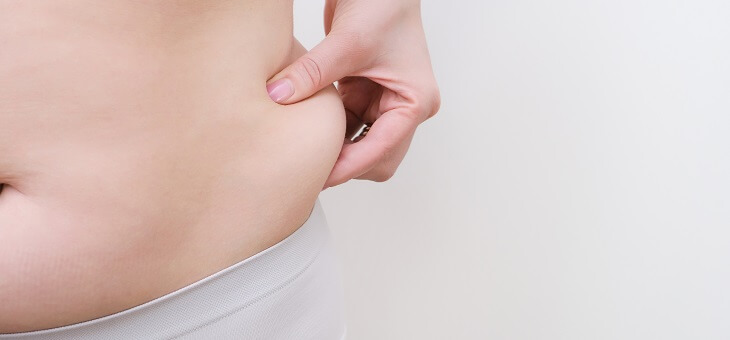Now that I’m in my late 50s and the number 60 seems to be coming straight for me at high speed, there are certain parts of me that don’t quite work as well as they once did. I recently had a shoulder operation to partially repair a wrecked rotator cuff. I also have dodgy knees and arthritic thumbs.
There’s not much I can do to fix those aspects of my health, but there is one thing that is within my capabilities that I know would provide me with a litany of benefits – reducing my waistline.
Read: Can you be overweight and healthy?
At least I hope it’s within my capabilities, because the new jeans I’m wearing are stretched to breaking point. Yes, I could have bought the next size up, but I am determined not to allow my waist to expand any further.
There’s a certain amount of vanity involved in that determination, but the more important driver for me is knowing just how much good a smaller waistline will be doing for my overall health and my chances of living a longer, healthier life.
A recent study published by Oxford Population Health finds that greater body fat (adiposity) may increase the risk of dying from prostate cancer by up to 10 per cent. Specifically, for every 10cm increase in the size of a man’s waistline, the risk of developing fatal prostate cancer goes up by 7 per cent.
And that’s just one risk aspect. There are many others for both men and women.
Read: Eating chocolate for breakfast could lead to weight loss: study
So if you are one of the three in five men whose waistline measures more than it should, what can you do about it? We all know that eating less and exercising more will help but what concrete steps can be taken in that regard?
Peta Bee, health writer for The Times in the UK, sought the advice of several health professionals and compiled a list of things you can do to get the ball rolling.
- do seven minutes of body weight exercises every day
- keep to a 10-hour eating window
- drink two cups of black coffee a day
- eat three servings of wholegrains daily
- give up diet drinks
- Walk for 50–70 minutes a day three times a week
- cut calories to 800 a day
- be a moderate drinker
- take your grandma’s advice and try a waist-training belt
- don’t overdo the waist exercises.
That list may look a little daunting at first glance, but you may already be doing several items on the list. I certainly have the ‘drink two cups of black coffee a day’ item covered!
But seven minutes of body weight exercises is not something I do every day, and seems like an achievable task. Researchers reporting in The Journal of Sports Medicine and Physical Fitness found that a seven-minute body-weight circuit comprising 12 exercises – jumping jacks, a wall sit, crunches, step-ups, squats, triceps dips, high-knees running, lunges, push-ups with rotation, side planks, push-ups and planks – for 30 seconds each, with 10 seconds’ recovery, helped 29 normal-weight adults to shrink their waists after two weeks.
Now you might not be up to doing all 12 of those exercises every day, but each one you do will help you on your way to a smaller waist.
Read: Study finds sweeteners may not be helping with weight loss
Some of the items on Ms Bee’s list seem a little drastic. Cutting energy intake to 800 calories per day is not sustainable in the long term and should be done for a short time only. It can lead to rapid short-term weight loss, but countless studies have shown that weight lost quickly is more often than not regained over time.
And, to be perfectly honest, I have no interest in trying a waist-training belt, whether it’s grandma’s or anyone else’s. But if it works for you, that’s fine.
Even if you tackle only a couple of the tasks on the list, it will almost certainly help you on your way to a smaller waistline, and may in turn inspire you to take up some of the other items.
And it might just help you get back into that pair of jeans that you haven’t been able to squeeze into recently.
If you enjoy our content, don’t keep it to yourself. Share our free eNews with your friends and encourage them to sign up.
Disclaimer: This article contains general information about health issues and is not advice. For health advice, consult your medical practitioner.

